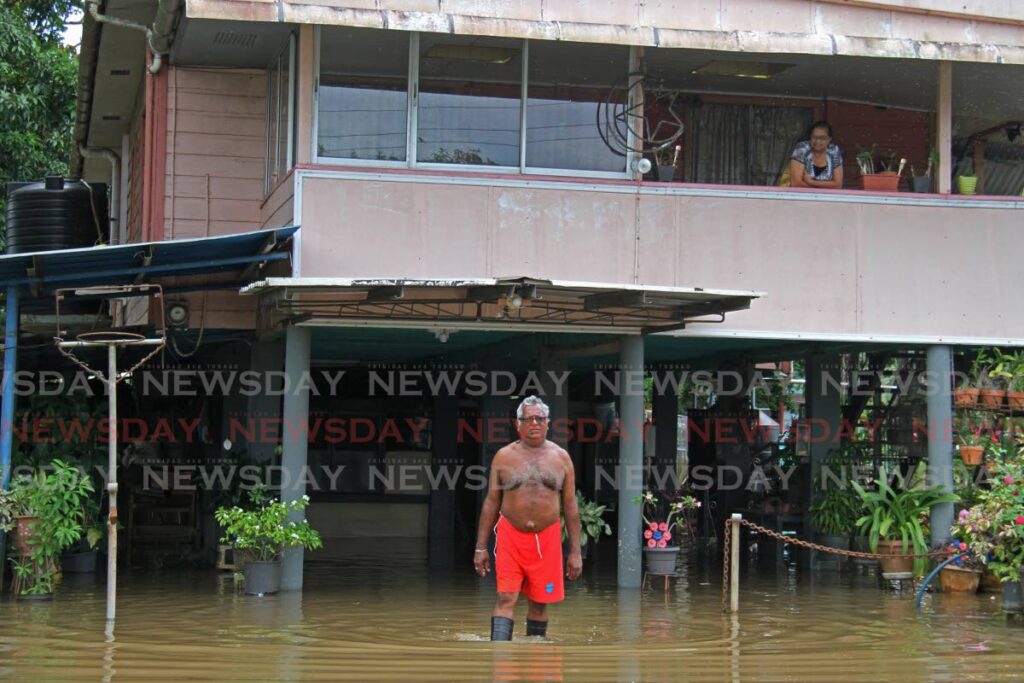Evidence that our climate is changing

The following is the first in a three-part series to generate "food for thought" on the science and trends of climate change; the traditional definition of "development" in our societies; and perspectives on solutions for the Caribbean.
Our country shudders at the sound of heavy rainfall, dreading imminent and hours-long traffic jams in gridlock due to inundated, impassible roadways.
Our people are left stranded across the nation for hours or days with no access to essentials or income, sometimes having fatal repercussions for those unable to take shelter amidst heavy wind and rain that sends galvanized roofing airborne, uproots trees and washes vehicles down flooded streets.
Beyond rainfall and floods, every year we meet new record-breaking hot temperatures. In the past decade, TT had twice as many "hot days" (days over 34°C) than in the 1990s, six times as many in the 1980s and 69 times as many as in the 1970s.
The effects of these events are countless. Floodwater washes human pollution and litter down into our waterways and endangers our wildlife; resulting traffic jams emit toxic fumes and lowers our quality of life through air pollution; heatwaves endanger the health and prosperity of our crops, which inevitably affects our food supply and security, which has downstream effects to food prices and poverty; the list goes on.
Projections estimate that if the world continues on our trajectory of unabated greenhouse gas (GHG) emissions, we could be looking at average temperature increases exceeding 4°C by 2100. However, if we apply rigorous policies and regulations to reduce our emissions and achieve net zero by 2100, temperature increases could, but are not guaranteed to, cap at 1.5°C, which would mitigate the worst effects of the changing climate.
The coming temperature increases have strong relationships to expected rainfall. For every degree Celsius of temperature increase, we can expect up to 10 per cent more precipitation, causing up to 40 per cent more rainfall in TT, worsening flooding, traffic jams, vehicle emissions, contributing to sickness and reducing quality of life.
Though human survival and wellbeing are so greatly intertwined with the health of our planet, we perceive our actions to be far removed from the environmental damage we cause. For the severe impacts of climate change that we can expect by 2100 and in coming centuries, we can thank our own human activities.
Scientists estimate that the ideal concentrations of CO2 in our atmosphere should range from 300–350 parts per million (ppm). Today in 2022, we are pushing on 421 ppm, and scientists are warning that CO2 levels that exceed 430ppm can send our world into catastrophic environmental change. We are dangerously close.
How do we stay within that budget? According to the UN, global emissions must be mitigated by 43 per cent by 2030 to have any chance of staying within the 1.5°C temperature budget.
Policies and regulations in TT to make these emissions reductions a reality are already underway, as announced by the Ministry of Planning and Development, but that is just the first step.
(The TT Chamber of Industry and Commerce thanks Sara Low, sustainability consultant, EY, for contributing this article. EY is a member of the TT Chamber).


Comments
"Evidence that our climate is changing"